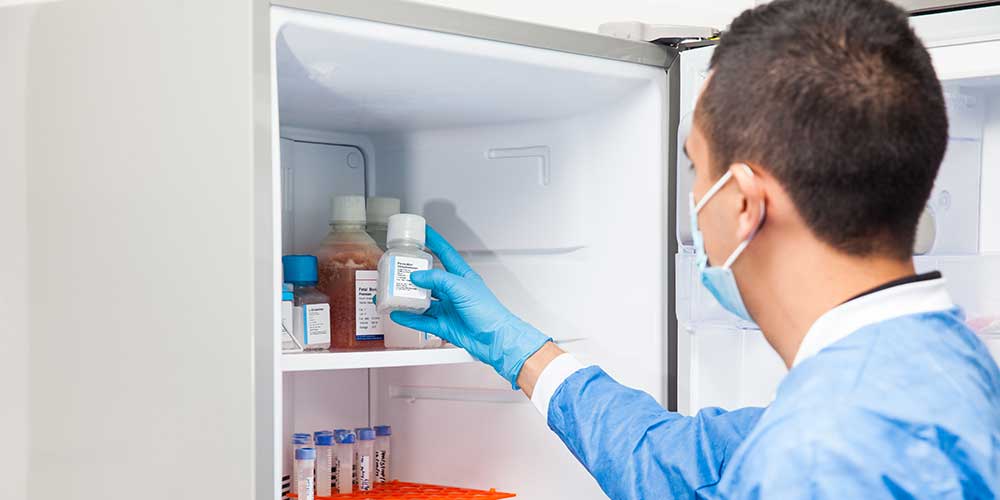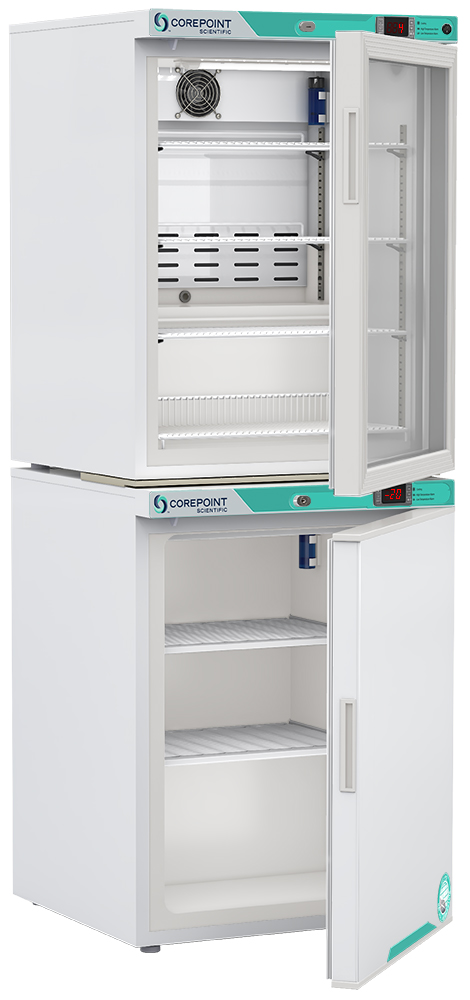
Choosing the Right Lab Cold Storage: Manual vs. Auto-Defrost Units and Essential Considerations
Laboratory refrigerators and freezers are indispensable tools in scientific research, medical facilities, and various industries. These units come in diverse sizes and temperature capabilities, tailored to specific storage needs. The type of materials you store significantly influences your choice of cold storage. This guide will delve into crucial decision-making factors, including temperature capabilities, defrosting options (manual or auto-defrost), and essential considerations for selecting the ideal cold storage unit for your lab.
Understanding the Importance of Temperature Control in Lab Cold Storage
Maintaining precise and stable temperatures within lab refrigerators and freezers is paramount for preserving the integrity of samples, reagents, vaccines, and other temperature-sensitive materials. Temperature fluctuations, particularly during defrosting cycles, can compromise the viability of stored items. Therefore, it’s essential to understand the differences between manual and auto-defrost units and implement robust temperature monitoring and alarming systems.
Key Considerations for Lab Cold Storage
- Temperature Requirements: Determine the specific temperature ranges required for your stored materials. Consult manufacturers’ guidelines for recommended storage temperatures.
- Defrosting Needs: Evaluate the pros and cons of manual and auto-defrost units based on your storage needs and operational requirements.
- Temperature Monitoring and Alarming: Implement a reliable temperature monitoring system with alarms to ensure real-time visibility and prompt response to temperature deviations.
- Emergency Preparedness: Develop a comprehensive emergency plan to protect valuable contents during power outages or equipment failures.
- Operational Manuals: Establish clear operational procedures for defrosting, temperature monitoring, and emergency response.
Manual vs. Auto-Defrost
Scientific Refrigerators
- Manual-Defrost Refrigerators:
- Cool by circulating refrigerant through tubing in the walls, without the use of fans.
- Temperature distribution may be less uniform, with colder areas near the walls and bottom.
- Ideal for experiments involving open containers, where air circulation could cause drying.
- Requires manual defrosting, necessitating temporary relocation of contents.
- Auto-Defrost Refrigerators:
- Utilize fans to circulate chilled air, ensuring more uniform temperature distribution.
- May cause contents to dry out if not properly protected.
- Defrost cycles involve compressor shutdown, potentially causing slight temperature fluctuations.
- Some models offer user control over defrost frequency and duration.
Scientific Freezers
- Manual-Defrost Freezers:
- Operate similarly to manual-defrost refrigerators, requiring periodic manual defrosting.
- Ice buildup must be removed, and contents must be temporarily relocated.
- Ensure the freezer reaches its set temperature before returning stored items.
- Auto-Defrost Freezers:
- Employ a heater to defrost condenser coils, leading to potential temperature spikes.
- Maintaining a full freezer compartment (with product or ice packs) helps minimize temperature fluctuations.
- Some models offer user control over defrost cycles.
Manual and Auto-Defrost Options for Lab Cold Storage
- Auto-Defrost Advantages:
- Reduced maintenance.
- More uniform internal temperatures.
- Auto-Defrost Disadvantages:
- Higher power consumption.
- Potential for contents to dry out.
- Potential for temperature spikes.
- Manual-Defrost Advantages:
- Full control over defrost cycles.
- Lower power consumption.
- More constant internal temperature.
- Manual-Defrost Disadvantages:
- Manual defrosting effort.
- Temporary relocation of contents.
Essential Temperature Monitoring and Alarming
- Product Temperature Sensors: Use sensors placed in glycerin or glycol bottles to accurately monitor product temperature.
- Temperature Control Options: Choose between dial-type thermostats or advanced digital LED display microprocessor controllers. Premium systems use programmable logic controls for precise temperature maintenance.
- Temperature Alarming: Implement built-in or optional digital audio and visual high/low temperature alarms, with remote alarm contacts for facility-wide alerts.
Emergency Preparedness
- Develop a backup storage plan to protect valuable contents during power outages.
- Ensure personnel are trained to execute the emergency plan promptly.
Expert Assistance
Call or chat with Tovatech’s experts to select the ideal cold storage units, temperature control systems, and monitoring solutions for your lab. By carefully considering the factors listed in this post, you can ensure the integrity of your stored materials and maintain optimal laboratory operations.
